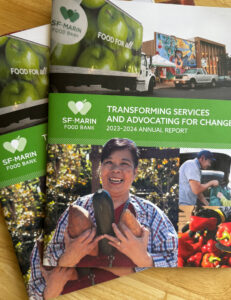 Jean Baker has a joyful smile and ebullient spirit, and both seem to shine prominently on the cover page of the Food Bank’s 2023-24 Annual Report. Now retired, and focused on family and her faith, for years Jean served as a steadfast connection between the Food Bank and participants who came to a food pantry at her church in the Mission District in San Francisco.
Jean Baker has a joyful smile and ebullient spirit, and both seem to shine prominently on the cover page of the Food Bank’s 2023-24 Annual Report. Now retired, and focused on family and her faith, for years Jean served as a steadfast connection between the Food Bank and participants who came to a food pantry at her church in the Mission District in San Francisco.
Beginnings
In 1976, Jean Baker immigrated to the US from the Philippines with no money, job, or family in the area. “When I first came here being an immigrant, I struggled to survive. Every penny I saved so I can buy food. I didn’t know about government help. I worked part-time here, part-time there, because I couldn’t get a regular job. All I knew was to survive, get work, get paid, and buy your food,” she shared. Jean went on to secure full-time work and raise her three kids — but her experiences of struggle shaped her desire to ensure others wouldn’t undergo the same hardships. “My family back home, they engaged in a lot of social welfare in the church, helping others,” Jean recalls. “So, when I had the opportunity here, I decided to do what my parents were doing.”
Transformative Leadership
17 years ago, Jean was attending church when her priest asked if there were any volunteers to help staff their new food pantry. At the start, other church members took charge of the program, but soon, Jean, who would become affectionately nicknamed ‘Mama Jean’ because of her caring nature, was asked to take the lead. “I accepted because I see a lot of homeless people,” she explains. “They need resources, they need food. Food is the essence of life. So, I dedicated myself to doing this kind of work.”
And dedicated she was. Every Saturday at 6:30 a.m., Jean would meet a Food Bank delivery truck at the pantry. A core group of volunteers — many unhoused community members and participants — helped her unload pallets of food. But Jean quickly noticed they could run the pantry more efficiently outside in the church’s garden. Her idea for a farmer’s market-style set-up in the church courtyard allowed participants to enjoy the fresh air while choosing from healthy, nutritious food supplied by the Food Bank. Rain or shine, Jean and her team shared groceries with 175 households each week.
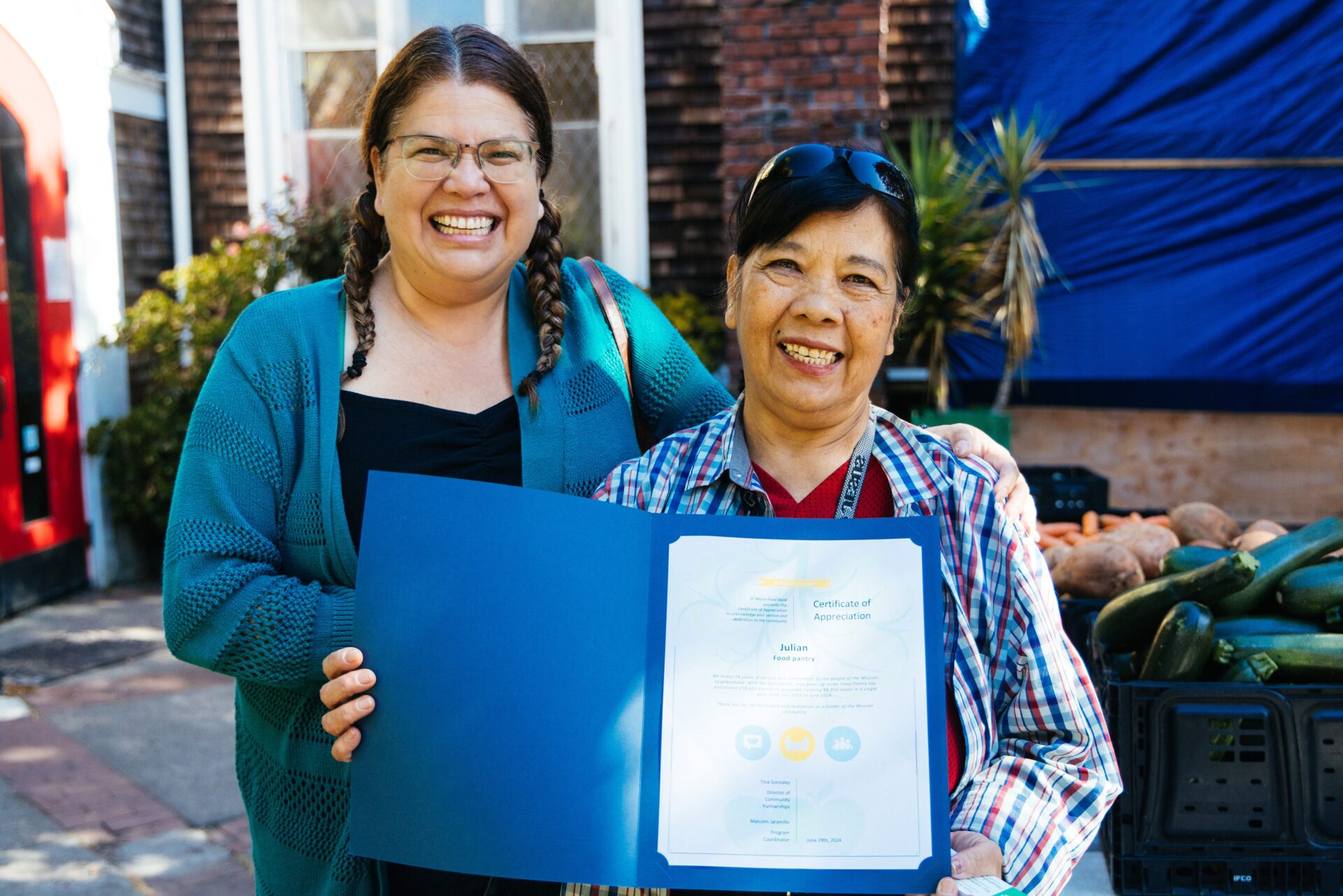
For Tina Gonzales, Director of Community Partnerships, individuals like Mama Jean are unsung heroes who rightfully deserve our appreciation. “These are actually pillars of the community doing the work for free!” observed Tina. Because committed individuals like Jean accomplish so much with little infrastructure (she doesn’t regularly use a smartphone), having direct face-to-face connections is key.
“We don’t want them to say yes to everything because they will. But are they overwhelmed? Do they have enough support, or are they biting off more than they can chew? Sometimes, we’ve got to go have a cup of coffee with them or have a friendly visit just to see how they’re doing,” says Tina.
A good percentage of network pantries serving food are faith-based and feeding people is part of their ministry. “I think for someone like Jean, this is her life work. So, we have people who fit the category of like, ‘this is my nine to five job, and I run a pantry.’ Then, we have people like Jean who are more like, ‘This is my calling, and this is how I give back.'”
End of an Era
Sadly, after 16 years, her church announced the hard decision to close the pantry last June. “It was heartbreaking,” recalled Jean, with a hushed voice. But as she had for the past 16 years, she handed out food to her neighbors on the last day of pantry service. The pantry closure was not what Jean hoped for. But she still attends church services and volunteers to tend to the garden. Presently, Jean is taking time to find ways to continue serving the community she loves. Until then, she can reflect on her experience with a smile: “Every Saturday, we met [at] the same place, doing work like a happy family. All we got here are a lot of good memories.”
With Appreciation
Another good memory for Jean was a much-deserved honor from the Food Bank. On the closure date, in recognition of her longstanding leadership and partnership as a pantry coordinator, Jean was presented with a Certificate of Appreciation for her 16 years of service to our participants and helping the community. The praise drew smiles from all in attendance, including Tina, and a beaming smile from Jean herself.
With Mother’s Day just ahead of us and in recognition of Asian American and Pacific Islander Heritage Month, we thank you, Mama Jean, for your generosity, inspired calling to help others, and tremendous service to the Mission community. You are appreciated.


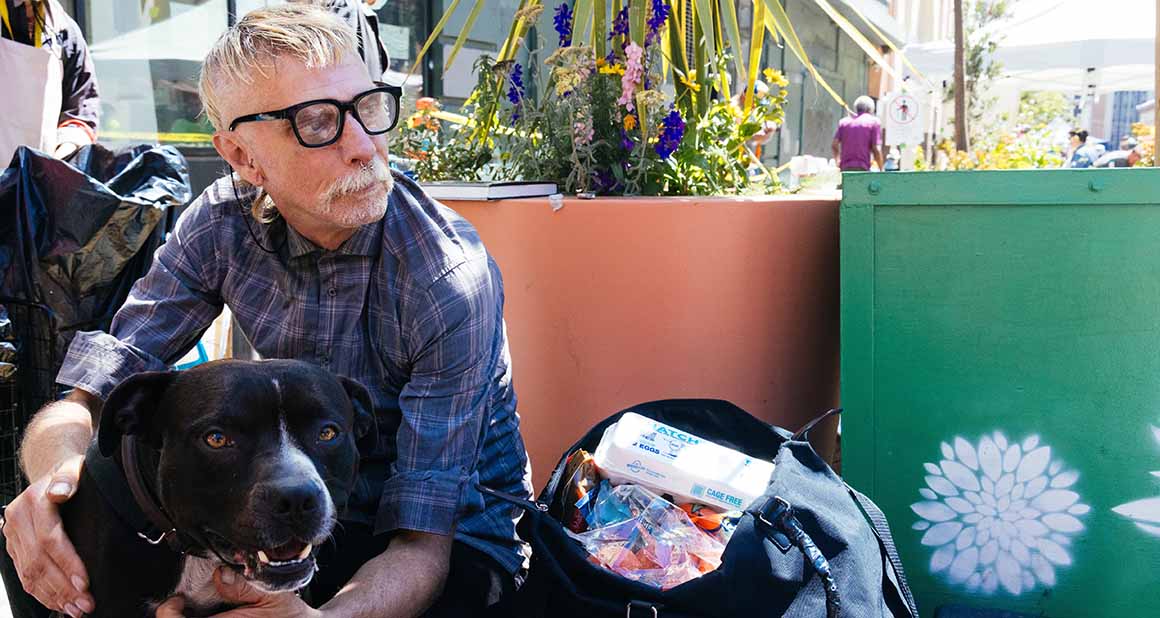
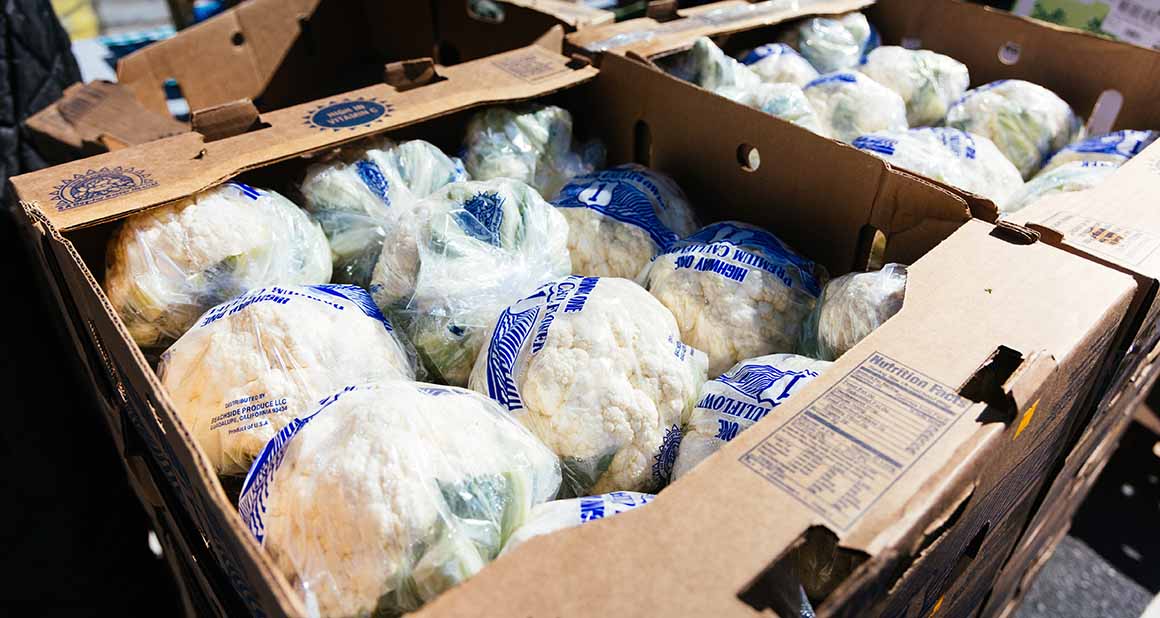 During this period, he rescued le Roi — emaciated and severely abused — from the streets. Nursing le Roi back to health became his mission. “I put him on a high protein, high caloric, high fat diet,” Todd said. With the money the pantry saved him on groceries, he was able to buy quality dog food. Fully recovered, le Roi now “picks up his own leash and walks himself. He plays basketball and body surfs,” Todd beamed.
During this period, he rescued le Roi — emaciated and severely abused — from the streets. Nursing le Roi back to health became his mission. “I put him on a high protein, high caloric, high fat diet,” Todd said. With the money the pantry saved him on groceries, he was able to buy quality dog food. Fully recovered, le Roi now “picks up his own leash and walks himself. He plays basketball and body surfs,” Todd beamed.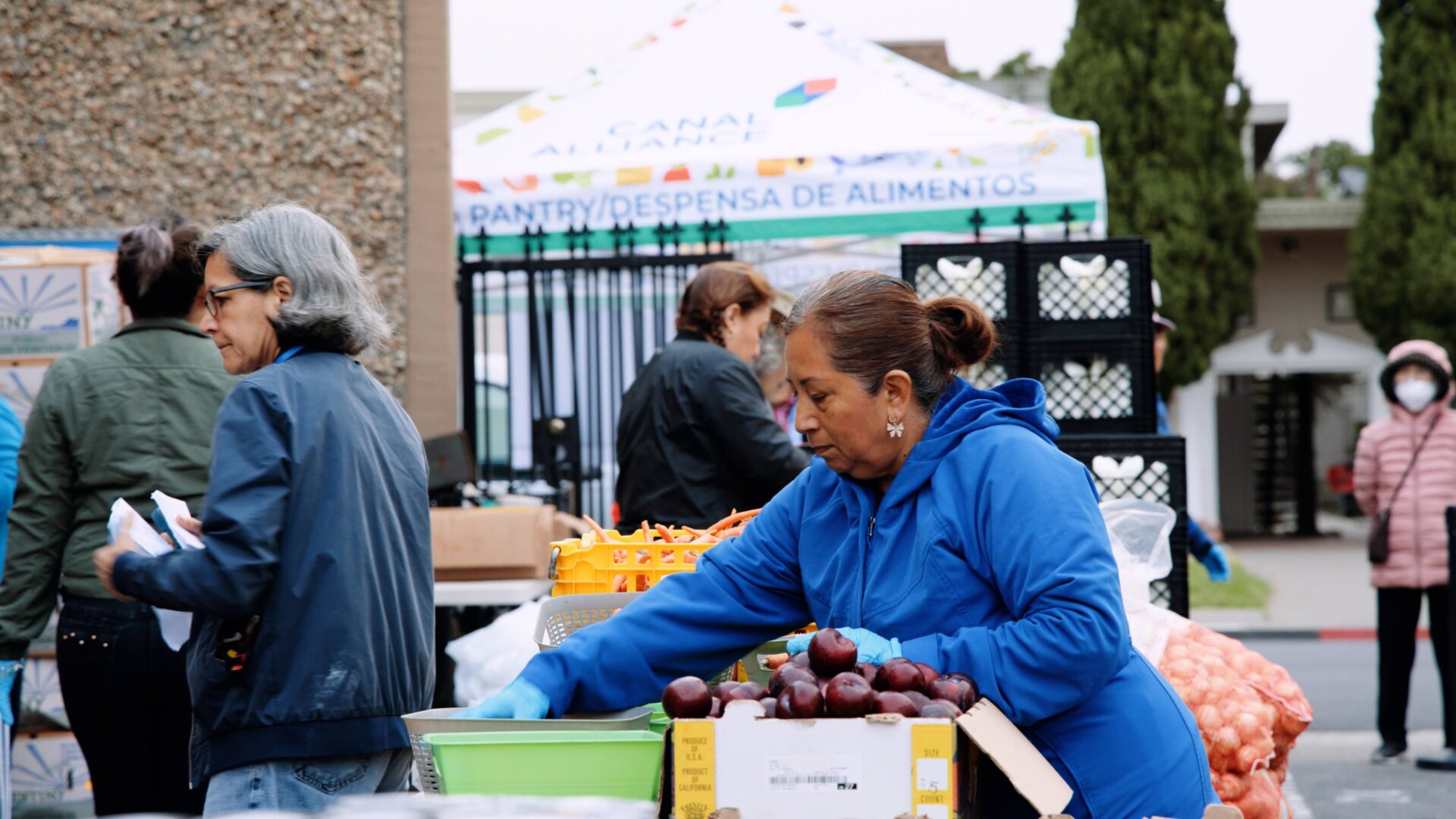
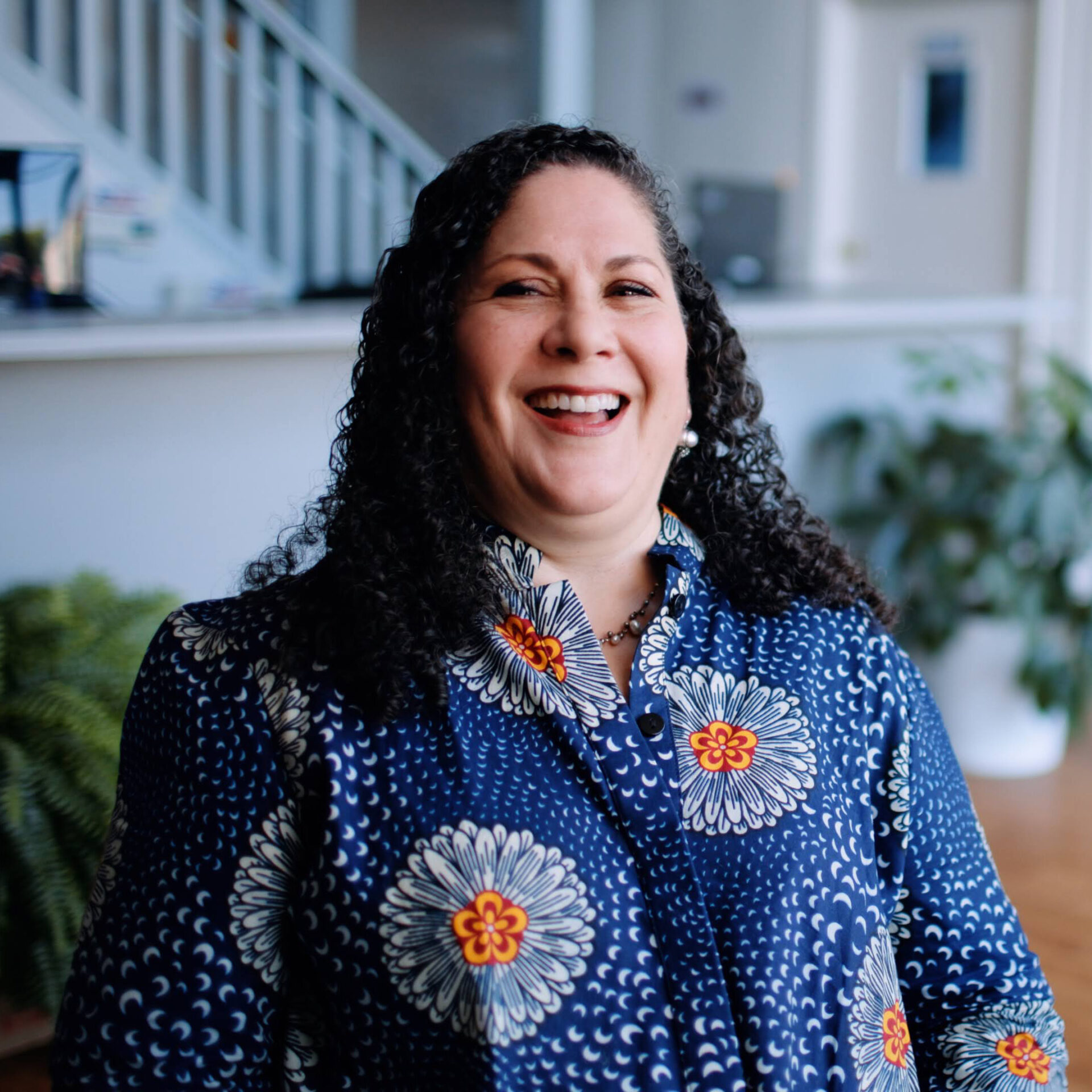
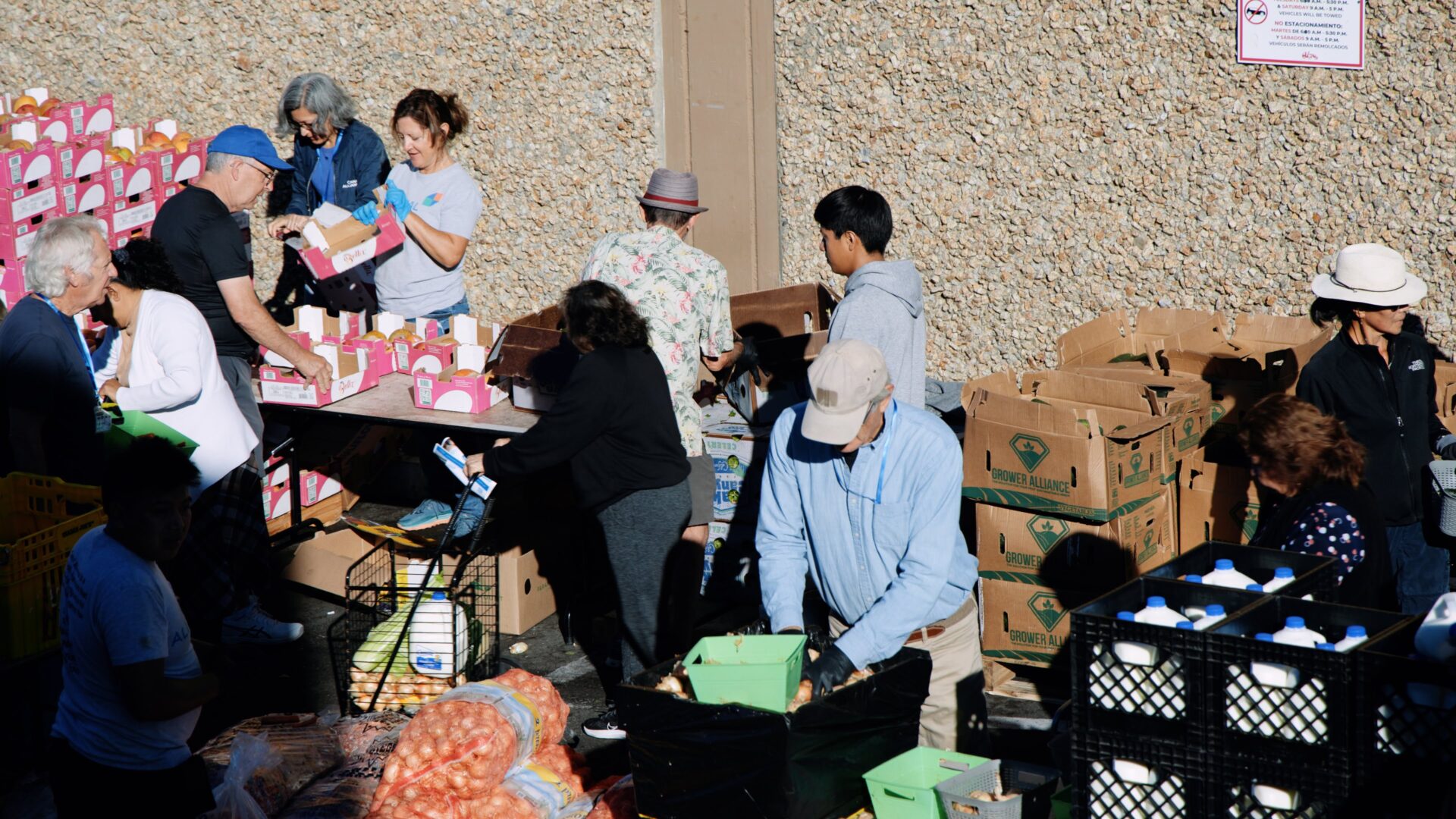

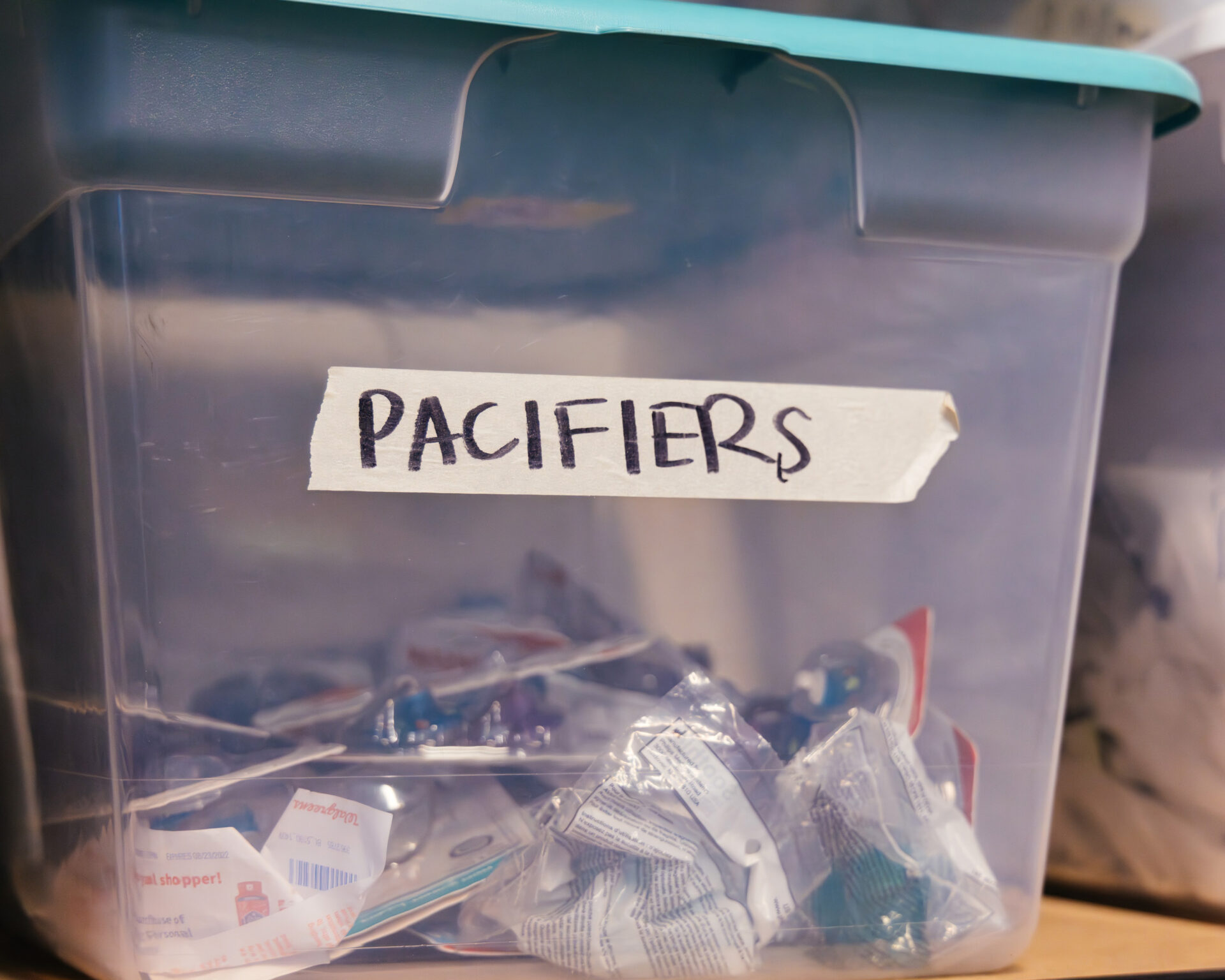

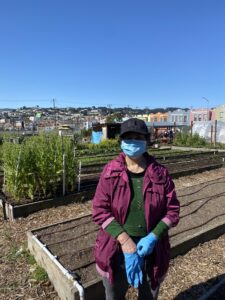
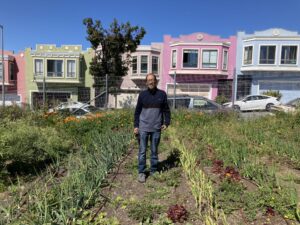 her history of civic contribution.
her history of civic contribution. 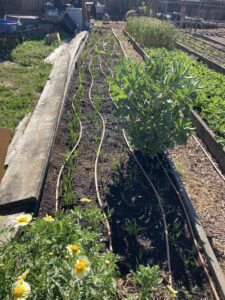 app] to stay in touch after leaving the farm.
app] to stay in touch after leaving the farm. 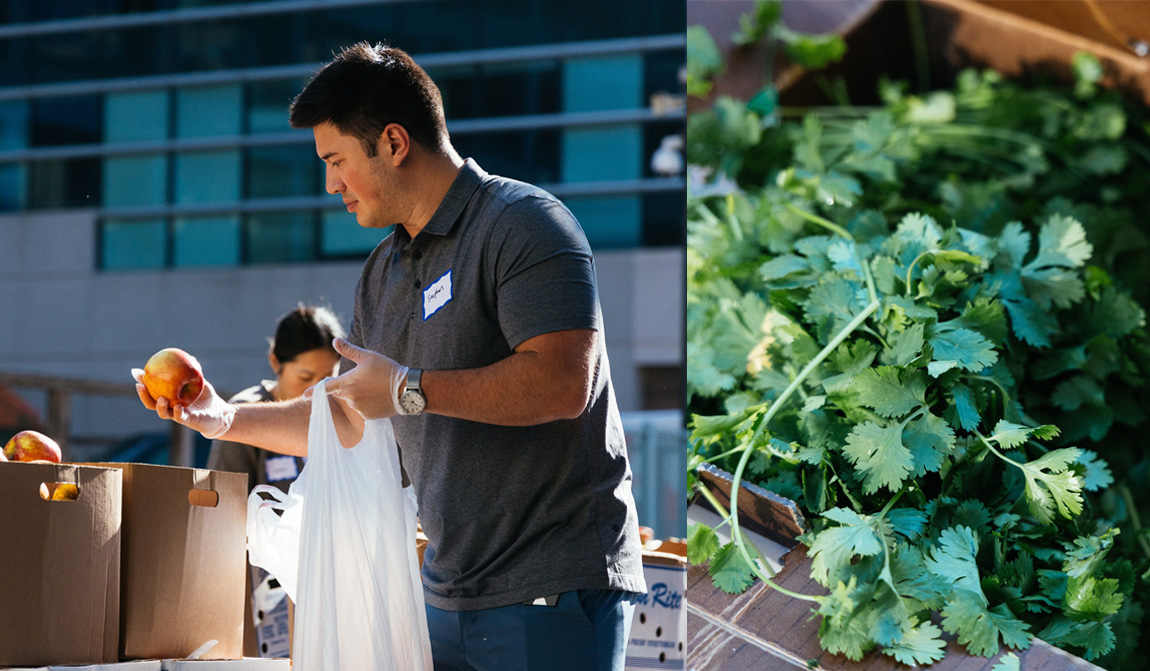
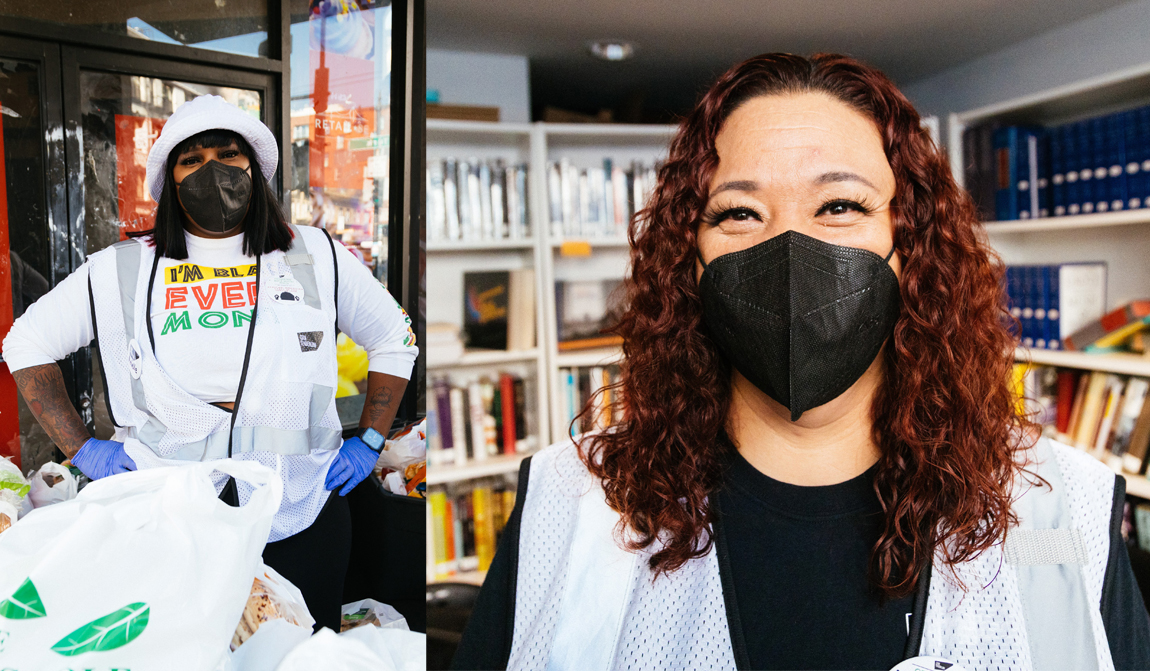
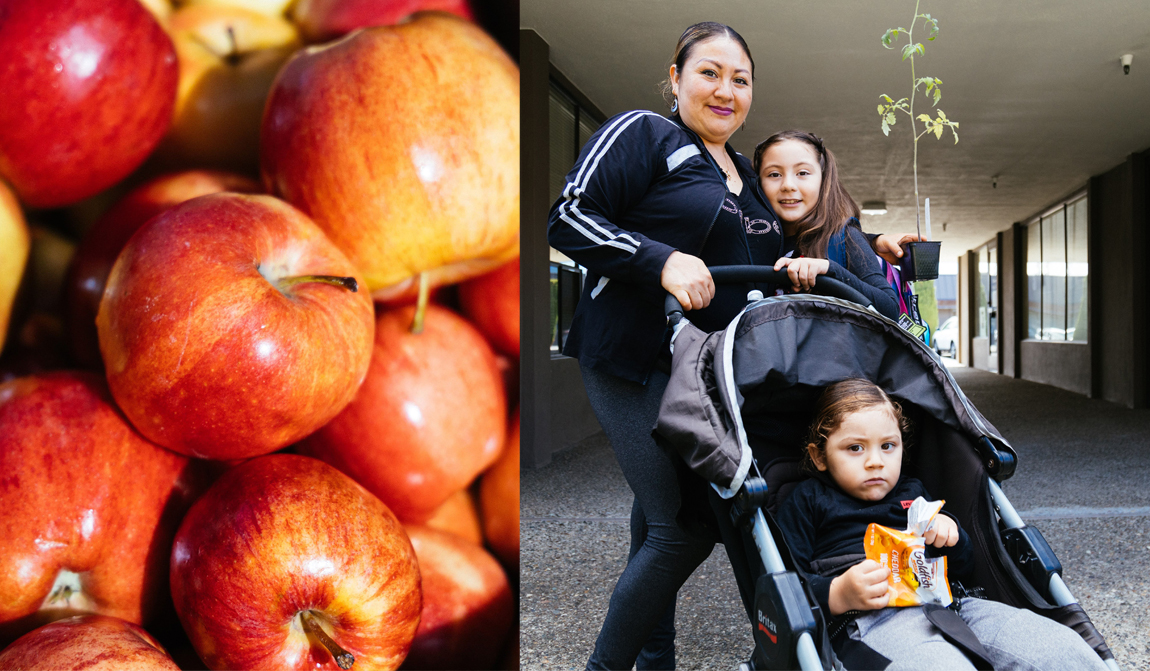
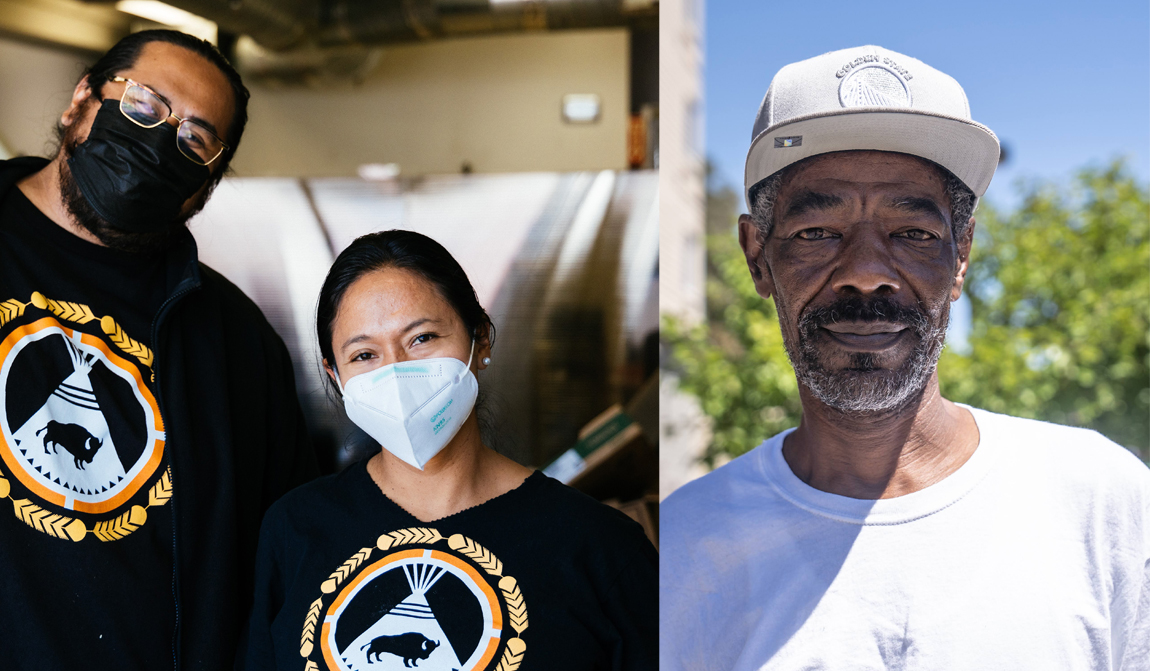
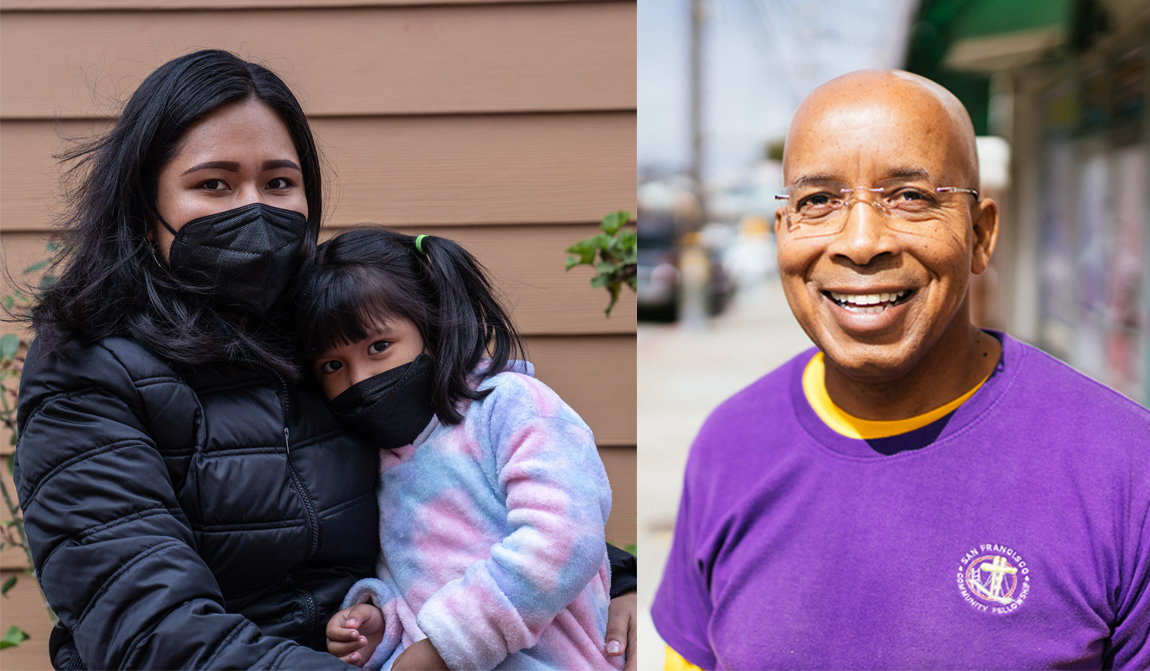
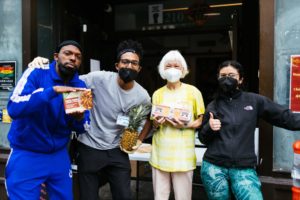
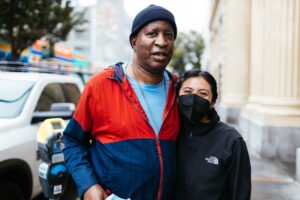
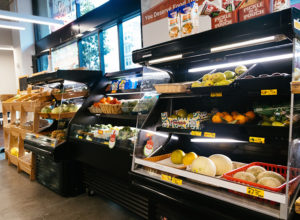
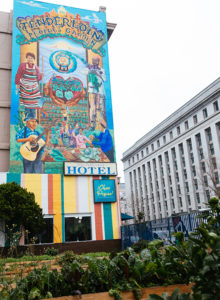
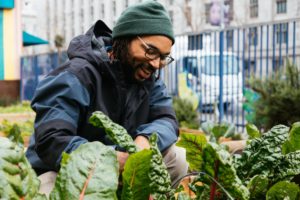
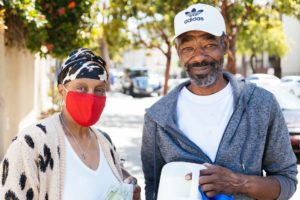
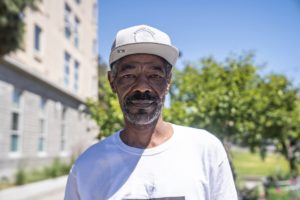 Cliffton: My biggest thing is for my people to get educated. What you know, they can’t take that away from you. If you want to stay in your community, you’ve got to find a way. Educate yourself on what City Hall is doing for your community, what you can do for your community. I’m helping set up the
Cliffton: My biggest thing is for my people to get educated. What you know, they can’t take that away from you. If you want to stay in your community, you’ve got to find a way. Educate yourself on what City Hall is doing for your community, what you can do for your community. I’m helping set up the 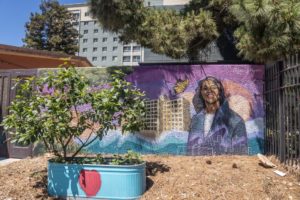 you’ve got good people around you, when you’re cooking, and you got people over and everything… take the food away, you got chaos. If you got a group of people together, bring
you’ve got good people around you, when you’re cooking, and you got people over and everything… take the food away, you got chaos. If you got a group of people together, bring 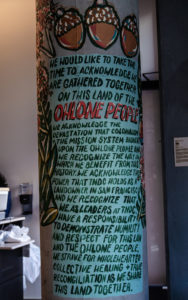
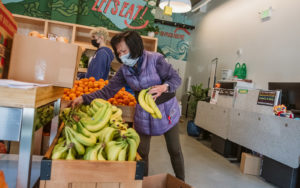
Share